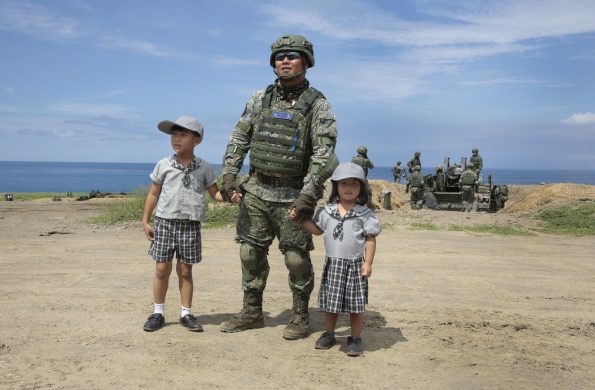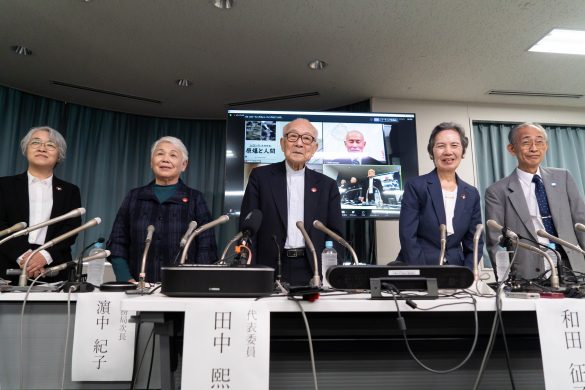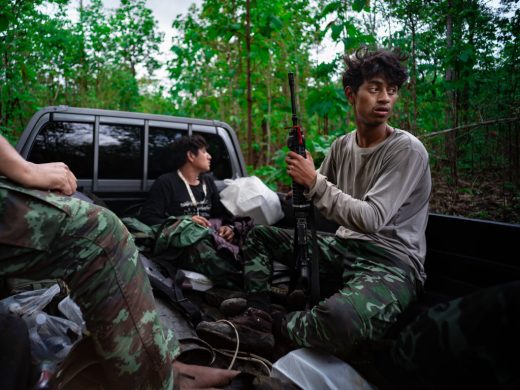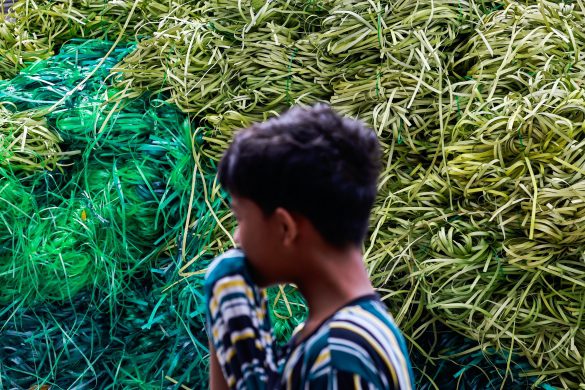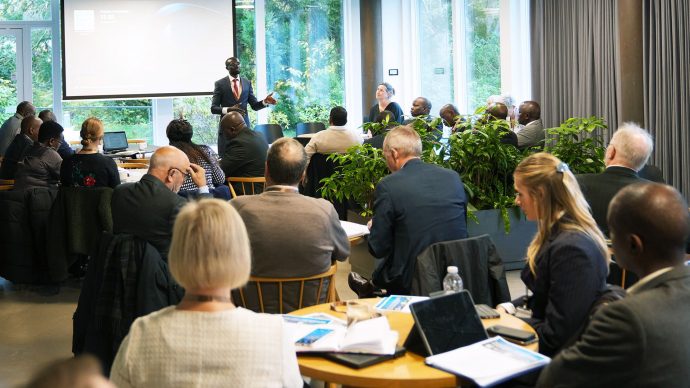KABUL, 4 October 2010 (IRIN): Armed violence has been widespread since the demise of the Taliban regime nine years ago but NGOs are not being deliberately targeted by Taliban insurgents, according to the Afghanistan NGO Safety Office (ANSO).
– We do not believe the Taliban have a strategic intent to target NGOs, Nic Lee, director of ANSO, told IRIN, adding that in areas under their control Taliban insurgents sometimes even prohibit attacks on NGOs.
The insurgents were responsible for 483 security incidents on 18 September – voting day in the parliamentary elections which the Taliban opposed – but only two mortars landed near NGO offices, causing no casualties, ANSO said.
– Armed violence has escalated phenomenally – 50-60 percent higher than last year – but incidents involving NGOs have decreased, said Lee.
However, “collateral damage” and risks posed by criminal gangs are impeding aid activities, he said.
At least 84 security incidents involving NGOs were recorded from 1 January to 15 September by ANSO.
In August, 10 workers of the NGO International Assistance Mission (IAM) and three local employees of Oxfam International were killed in two separate incidents in the northeastern province of Badakhshan.
– Oxfam has not yet resumed operations in Badakshan but a security team is currently engaged in assessing the situation, Louise Hancock, an Oxfam spokeswoman in Kabul, told IRIN on 30 September.
Where criminals operate freely
Many humanitarian agencies use no weapons and no armed guards to protect their offices and staff. They seek access and security through negotiations with different local actors.
However, in highly insecure and lawless areas, where neither the government nor the Taliban are fully in control, and criminal groups operate freely, aid organizations face serious risks of abduction, theft and other financially-motivated attacks, experts say.
In the past, experienced aid workers relied on their reputations and local contacts to be able to work in such areas.
There are no guarantees any more, said Kate Clark, a senior analyst with the Kabul-based think-tank Afghanistan Analyst Network (AAN), who has researched the IAM incident.
She said “restriction” was becoming a common approach for foreign journalists and aid workers.
Læs videre på http://www.irinnews.org/Report.aspx?ReportID=90662


